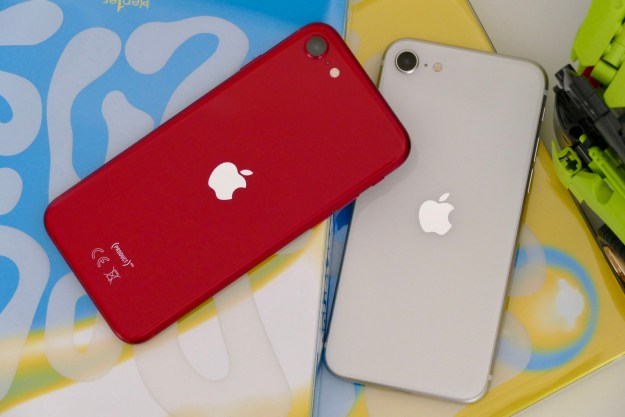Like 3D printing is to regular two-dimensional printing, so too does 3D scanning open up a realm of possibilities we couldn’t have imagined with our old flatbed Epson image scanner. The ability to easily scan every facet of an object and then share the resulting three-dimensional model is one of those examples of technology that seemed like science fiction just a few years ago. The problem is that it’s also been pretty expensive. For example, the nifty Artec Leo — a device we got to check out at CES 2018 — costs $25,800. That’s an acceptable price tag for a product aimed at industrial engineers and medical institutions, but it’s a bit too pricey for your average consumer.
What if, instead of having to shell out the best part of a years’ rent for a dedicated 3D scanner, you were able to squeeze similar functionality out of a device that you already carry around with you? That’s the idea behind Capture, a new iPhone app created by the Y Combinator-backed startup Standard Cyborg. Standard Cyborg’s technology leverages the sensors and cameras in Apple’s smartphones and uses them to let anyone take 3D images and move them into augmented reality (AR).
“There are different approaches to create a 3D model using photos or 3D cameras,” Standard Cyborg co-founder and CEO, Jeff Huber, told Digital Trends. “The 2D to 3D process is called photogrammetry, and on average requires about 30 minutes to generate a high-res scan. Other 3D cameras can be used, but they cost anywhere from $400 to $50,000. The iPhone isn’t free, but there are 99.9 million people that have access to this powerful technology that don’t yet realize it.”
Capture uses the front-facing TrueDepth camera and laser scanning system found on newer iPhones (iPhone X, XR, XS, and XS Max). It works by creating a “point cloud” that lets it gauge the depth of each part of whatever’s put in front of it, and utilize this information to create a 3D dimensional model. These models can then be saved and shared with others. Standard Cyborg’s 3D SDKs (software development kits) also allow developers to build similar 3D-scanning functionality into their own apps.
“Developers are surprising us every day with creative use cases,” Huber siad. “We’ve seen strong interest in creating 3D models for AR and VR, as well as powering custom-fitted products and properly sized products. For example, using our scanning and deep learning tools, it’s very easy to create a shoe sizing app. We are working with a number of companies now, and our tools will be broadly released in January.”
Editors' Recommendations
- 3 reasons why I’ll actually use Anker’s new iPhone power bank
- 8 iPhone browser apps you should use instead of Safari
- The iPhone 15 Pro has a killer camera feature you’ll never use
- How I use my Apple Watch and iPhone to manage my diabetes
- Apple used this free iPhone app to shoot Monday’s Scary Fast event


